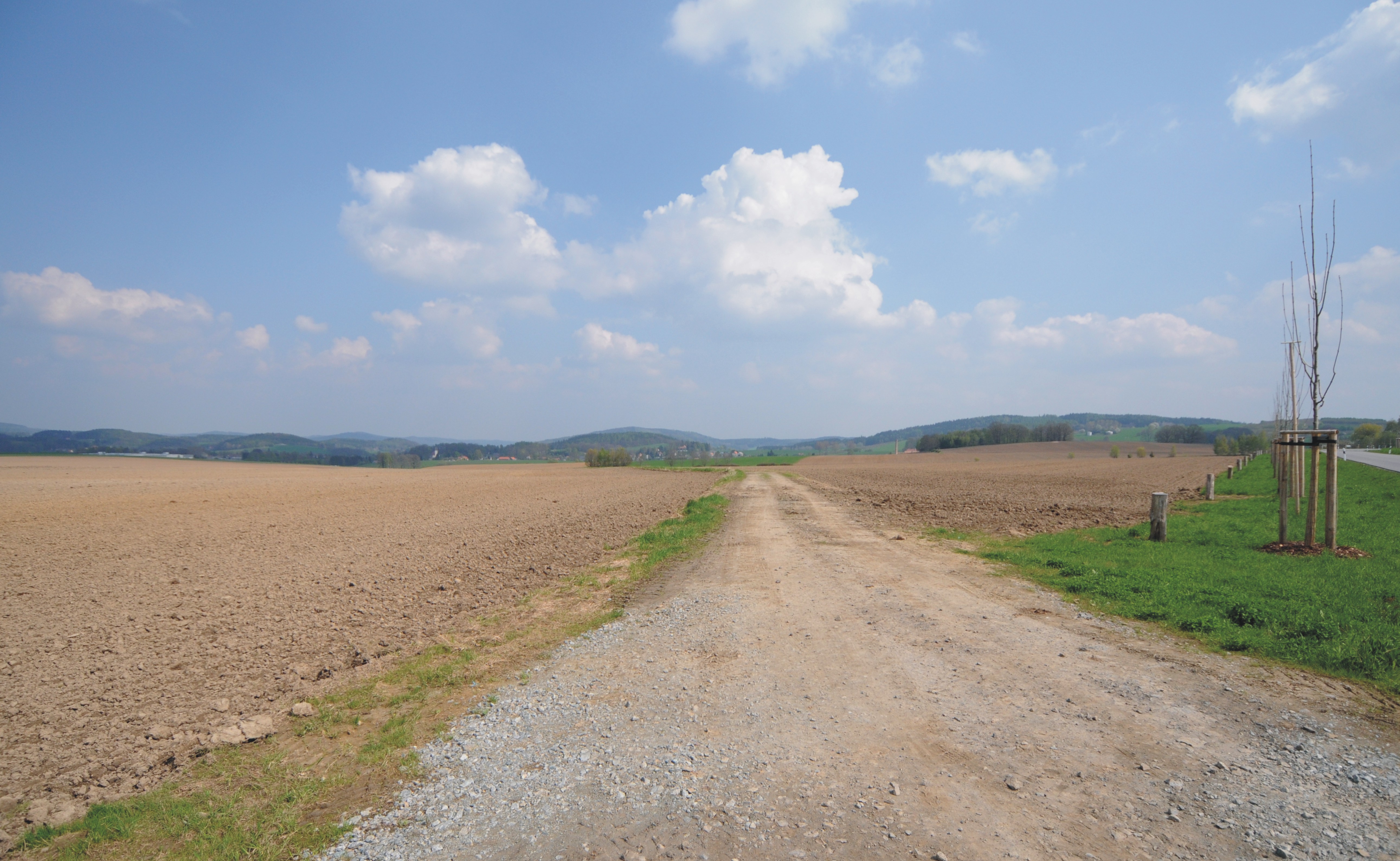|
Observation Tower At Goetzinger's Height
Observation Tower at Goetzinger's Height is a 25 metres tall observation tower on Goetzinger's Height ''(Götzingerhöhe)'', a small mountain near Neustadt in Sachsen, which is named after Wilhelm Leberecht Götzinger. Observation Tower at Goetzinger's Height was built in 1883 together with an inn in its proximity. Therefore, it is older than Eiffel Tower and one of the oldest lattice towers in the world. In 1992 the observation tower, from which you have a nice view on Elbe Sandstone Mountains, Ore Mountains and Lusatian Highlands was renovated. The inn, situated close to the tower was closed for a longer period and reopened on April 1, 2006. External links * https://www.goetzinger-hoehe.de/aussicht-neustadt-saechsische-schweiz.html See also * List of towers Several extant building fulfill the engineering definition of a tower: "a tall human structure, always taller than it is wide, for public or regular operational access by humans, but not for living in or office work, ... [...More Info...] [...Related Items...] OR: [Wikipedia] [Google] [Baidu] |
Neustadt In Sachsen
Neustadt in Sachsen is a town in the Sächsische Schweiz-Osterzgebirge district, in Saxony, Germany. It is situated near the border with the Czech Republic, 35 km east of Dresden (centre), and 23 km southwest of Bautzen. At Neustadt, there is an Observation Tower at Goetzinger's Height, one of the oldest lattice tower A lattice tower or truss tower is a freestanding vertical framework tower. This construction is widely used in transmission towers carrying high voltage electric power lines, in radio masts and towers (a self-radiating tower or as a support for ...s in the world. On August 1, 2007 the villages Berthelsdorf, Langburkersdorf, Niederottendorf, Oberottendorf, Rückersdorf and Rugiswalde of the former municipality Hohwald were integrated into the town. Buildings of Interest *Town hall (c.1700) *Vicarage (1616) *St Jacob's Church (rebuilt 1884) References External links * {{SächsischeSchweizOsterzgebirge-geo-stub ... [...More Info...] [...Related Items...] OR: [Wikipedia] [Google] [Baidu] |
Wilhelm Leberecht Götzinger , the Dutch national anthem
{{Disambiguation ...
Wilhelm may refer to: People and fictional characters * William Charles John Pitcher, costume designer known professionally as "Wilhelm" * Wilhelm (name), a list of people and fictional characters with the given name or surname Other uses * Mount Wilhelm, the highest mountain in Papua New Guinea * Wilhelm Archipelago, Antarctica * Wilhelm (crater), a lunar crater See also * Wilhelm scream, a stock sound effect * SS ''Kaiser Wilhelm II'', or USS ''Agamemnon'', a German steam ship * Wilhelmus "Wilhelmus van Nassouwe", usually known just as "Wilhelmus" ( nl, Het Wilhelmus, italic=no; ; English translation: "The William"), is the national anthem of both the Netherlands and the Kingdom of the Netherlands. It dates back to at least 1572 ... [...More Info...] [...Related Items...] OR: [Wikipedia] [Google] [Baidu] |
Elbe Sandstone Mountains
The Elbe Sandstone Mountains, also called the Elbe Sandstone Highlands (german: Elbsandsteingebirge; cs, Děčinská vrchovina), are a mountain range straddling the border between the state of Saxony in southeastern Germany and the North Bohemian region of the Czech Republic, with about three-quarters of the area lying on the German side. In both countries, core parts of the mountain range have been declared a national park. The name derives from the sandstone which was carved by erosion. The river Elbe breaks through the mountain range in a steep and narrow valley. The Saxon Switzerland and Bohemian Switzerland national parks, known also as Saxon-Bohemian Switzerland, are located within the territory of Elbe Sandstone Mountains. Geography Extent The Elbe Sandstone Mountains extend on both sides of the Elbe from the Saxon town of Pirna in the northwest toward Bohemian Děčín in the southeast. Their highest peak with is the Děčínský Sněžník in Bohemian Switzerland o ... [...More Info...] [...Related Items...] OR: [Wikipedia] [Google] [Baidu] |
Lusatian Highlands
The Lusatian Highlands''Upper Lusatia'' at www.silvaportal.info. Accessed on 10 July 2011. or Lusatian Hills AA, 1994. Retrieved 23 Jan 2015 (german: Lausitzer Bergland, ; cs, Šluknovská pahorkatina; Upper Sorbian: ''Łužiske hory'') form a y region in |
List Of Towers
Several extant building fulfill the engineering definition of a tower: "a tall human structure, always taller than it is wide, for public or regular operational access by humans, but not for living in or office work, and are ''self-supporting'' or ''free-standing'', which means no guy-wires for support." This definition excludes continuously habitable buildings and skyscrapers as well as radio and TV masts. Also excluded because they are not designed for public or regular operational access are bridge towers or pylons, wind turbines, chimneys, transmission towers, sculptures and most large statues and obelisks. Towers are most often built to use their height for various purposes, and can stand alone or as part of a larger structure. Some common purposes are for telecommunications, and as a viewing platform. The Tokyo Skytree, completed in February 2012, is , making it the tallest tower, and third-tallest free-standing structure in the world. Entirely self-supported towers ... [...More Info...] [...Related Items...] OR: [Wikipedia] [Google] [Baidu] |
Observation Towers In Saxony
Observation is the active acquisition of information from a primary source. In living beings, observation employs the senses. In science, observation can also involve the perception and recording of data via the use of scientific instruments. The term may also refer to any data collected during the scientific activity. Observations can be qualitative, that is, only the absence or presence of a property is noted, or quantitative if a numerical value is attached to the observed phenomenon by counting or measuring. Science The scientific method requires observations of natural phenomena to formulate and test hypotheses. It consists of the following steps: # Ask a question about a natural phenomenon # Make observations of the phenomenon # Formulate a hypothesis that tentatively answers the question # Predict logical, observable consequences of the hypothesis that have not yet been investigated # Test the hypothesis' predictions by an experiment, observational study, field study, or si ... [...More Info...] [...Related Items...] OR: [Wikipedia] [Google] [Baidu] |
1883 Establishments In Germany
Events January–March * January 4 – ''Life'' magazine is founded in Los Angeles, California, United States. * January 10 – A fire at the Newhall Hotel in Milwaukee, Wisconsin, United States, kills 73 people. * January 16 – The Pendleton Civil Service Reform Act, establishing the United States civil service, is passed. * January 19 – The first electric lighting system employing overhead wires begins service in Roselle, New Jersey, United States, installed by Thomas Edison. * February – ''The Adventures of Pinocchio'' by Carlo Collodi is first published complete in book form, in Italy. * February 15 – Tokyo Electrical Lightning Grid, predecessor of Tokyo Electrical Power (TEPCO), one of the largest electrical grids in Asia and the world, is founded in Japan. * February 16 – The ''Ladies' Home Journal'' is published for the first time, in the United States. * February 23 – Alabama becomes the first U.S. state to enac ... [...More Info...] [...Related Items...] OR: [Wikipedia] [Google] [Baidu] |
Buildings And Structures In Saxony
A building, or edifice, is an enclosed structure with a roof and walls standing more or less permanently in one place, such as a house or factory (although there's also portable buildings). Buildings come in a variety of sizes, shapes, and functions, and have been adapted throughout history for a wide number of factors, from building materials available, to weather conditions, land prices, ground conditions, specific uses, prestige, and aesthetic reasons. To better understand the term ''building'' compare the list of nonbuilding structures. Buildings serve several societal needs – primarily as shelter from weather, security, living space, privacy, to store belongings, and to comfortably live and work. A building as a shelter represents a physical division of the human habitat (a place of comfort and safety) and the ''outside'' (a place that at times may be harsh and harmful). Ever since the first cave paintings, buildings have also become objects or canvasses of much artistic ... [...More Info...] [...Related Items...] OR: [Wikipedia] [Google] [Baidu] |
Mountains Of Saxony
A mountain is an elevated portion of the Earth's crust, generally with steep sides that show significant exposed bedrock. Although definitions vary, a mountain may differ from a plateau in having a limited summit area, and is usually higher than a hill, typically rising at least 300 metres (1,000 feet) above the surrounding land. A few mountains are isolated summits, but most occur in mountain ranges. Mountains are formed through tectonic forces, erosion, or volcanism, which act on time scales of up to tens of millions of years. Once mountain building ceases, mountains are slowly leveled through the action of weathering, through slumping and other forms of mass wasting, as well as through erosion by rivers and glaciers. High elevations on mountains produce colder climates than at sea level at similar latitude. These colder climates strongly affect the ecosystems of mountains: different elevations have different plants and animals. Because of the less hospitable terrain and ... [...More Info...] [...Related Items...] OR: [Wikipedia] [Google] [Baidu] |







